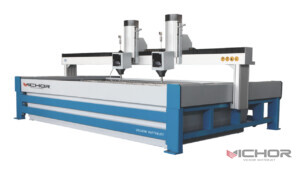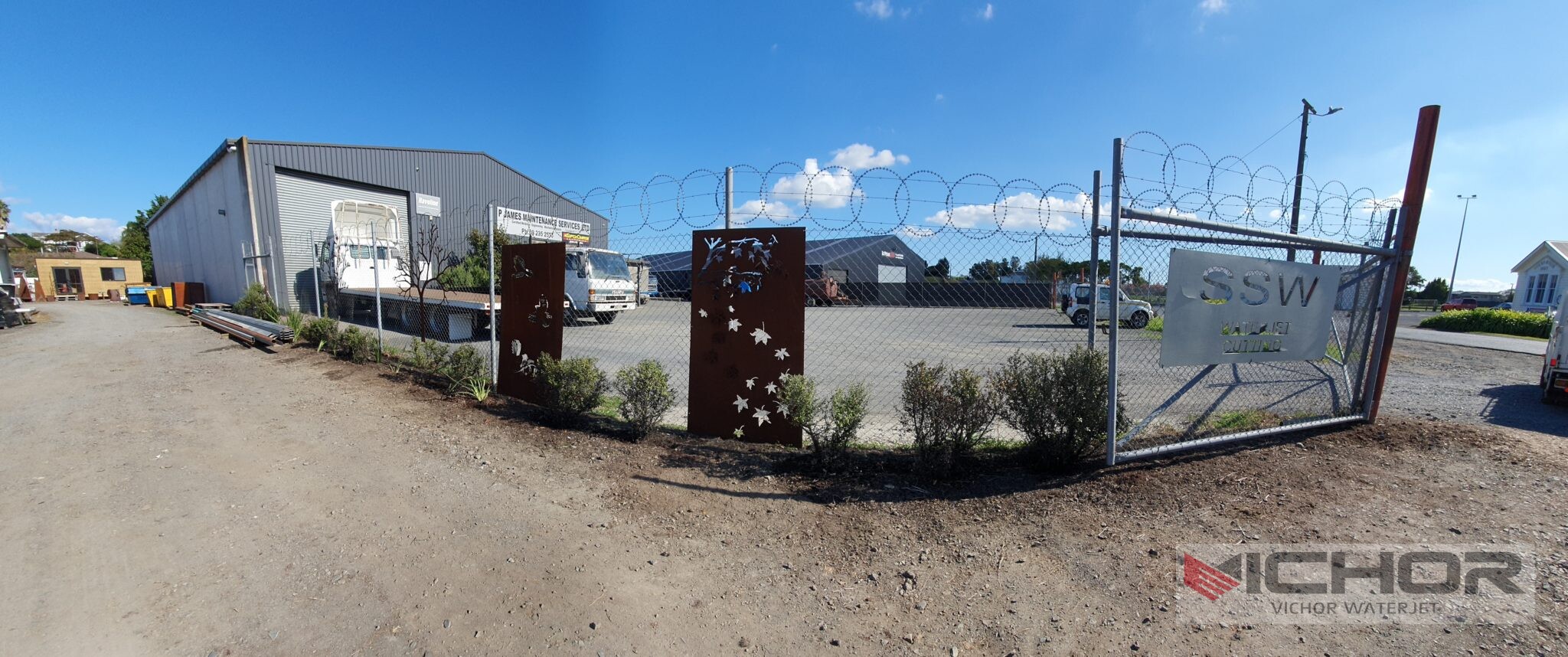
7 Things You Must Know About Water Jetting Concrete Before You Start
When it comes to concrete surface preparation, repair, or even artistic texturing, few methods are as versatile and powerful as water jetting. Also known as hydro-demolition or high-pressure water jetting, this technique has revolutionized how professionals and DIY enthusiasts approach concrete work. But what exactly is it, and how can you use it effectively and safely? This comprehensive guide dives deep into the world of water jetting concrete, exploring its mechanisms, applications, benefits, and the critical questions you need answered.
What Exactly is Water Jetting Concrete?
At its core, water jetting concrete is a process that utilizes a highly pressurized stream of water to cut, clean, scarify, or remove concrete surfaces. Unlike mechanical methods like jackhammers or grinding, which rely on impact and can cause micro-fractures in the underlying substrate, water jetting is precise and surprisingly gentle on the sound concrete. The system typically involves a pump that pressurizes water to extreme levels (often between 10,000 to 40,000 PSI or more), a hose designed to handle that pressure, and a specialized nozzle that focuses the water into a coherent, destructive jet or a wider fan pattern. This stream exploits the natural pores and micro-cracks in concrete, effectively breaking the bond between the damaged material and the healthy structure beneath it without causing any harm to the latter.
The Many Applications of High-Pressure Water Jetting
The versatility of water jetting concrete is one of its greatest strengths. It is not a one-trick pony but a multi-functional tool used across various industries. Its primary applications include:
Surface Preparation: This is one of the most common uses. Before applying a new coating, overlay, or repair material to an old concrete slab, the surface must be perfectly clean and have a specific surface profile (SSP) for the new material to bond correctly. Water jetting concrete efficiently removes laitance, dirt, oil, weak cement, and old coatings, leaving a perfectly profiled, squeaky-clean surface ideal for bonding.
Coating and Paint Removal: Over time, industrial floor coatings, epoxy, and paint can degrade. Water jetting strips these layers away quickly and completely, without the toxic dust produced by grinding or sandblasting.
Concrete Repair and Rehabilitation: Instead of removing entire sections, water jetting can be used to selectively remove cracked, spalled, or deteriorated concrete, exposing the rebar. It cleans the rebar of rust and scale simultaneously, preparing the cavity for new repair mortar. This precision preserves the structural integrity of the surrounding concrete.
Joint and Crack Cleaning: For effective crack injection repairs, cracks must be utterly clean and free of debris. A focused water jet is perfect for scouring out dirt and weak material from within cracks and construction joints.
Texturing and Profiling: For decorative concrete projects or to create a non-slip surface, water jetting can be used to etch precise patterns or expose aggregate for a beautiful, functional finish.
Why Choose Water Jetting? The Unmatched Advantages
Choosing water jetting concrete over traditional methods offers a compelling list of benefits that translate to better results, lower long-term costs, and enhanced safety.
Superior Bonding Surface: It creates a clean, sound, and perfectly profiled surface without causing micro-cracking, which is crucial for the longevity of any repair or overlay.
Selective Removal: It removes only the damaged or weak concrete, preserving the healthy structural substrate. This “precision surgery” extends the life of the structure.
Rebar Cleaning and Preservation: It thoroughly cleans exposed rebar, removing all rust and mill scale without damaging the steel itself, unlike mechanical tools that can nick or weaken the rebar.
Dust-Free Operation: Since the process uses water, it suppresses dust almost entirely. This creates a much healthier work environment and eliminates the need for extensive containment systems.
Reduced Labor and Time: While the setup might be specific, the actual removal process is often faster than labor-intensive mechanical methods, especially on large-scale projects.

Understanding the Equipment: From Pumps to Nozzles
Not all water jetting concrete equipment is the same. The setup is critical and is chosen based on the specific task. There are three main categories based on pressure:
Low-Pressure (5,000 – 10,000 PSI): Ideal for light cleaning, removing loose material, and washing surfaces.
High-Pressure (10,000 – 30,000 PSI): This is the most common range for concrete work, capable of coating removal, surface profiling, and light demolition.
Ultra-High-Pressure (30,000+ PSI): Used for precise cutting of concrete, including for creating expansion joints or openings for utilities.
Beyond the pump, the nozzles are equally important. Rotating nozzles are used for scabbling and removing large areas of concrete, while fixed fan-jet nozzles are excellent for wide-area cleaning and coating removal. Abrasive additives can sometimes be introduced into the water stream for cutting through extremely hard materials, though this is less common for standard concrete surface prep.
Common Challenges and Problems With Water Jetting Concrete
Despite its advantages, water jetting concrete is not without its challenges. Being aware of these potential issues is key to a successful project.
Water Management: This is the single biggest challenge. The process generates a tremendous amount of wastewater slurry containing concrete particles and removed contaminants. You must have a plan for containing, collecting, and disposing of this water, often requiring vacuum recovery systems (vac trucks) and permits for water disposal.
Surface Moisture: After jetting, the concrete is saturated. Depending on the next step (e.g., applying a repair mortar or coating), you may need to allow significant time for the substrate to dry to the correct moisture level, which can delay the project timeline.
Safety Hazards: The water jet is powerful enough to cause severe injection injuries, which are extremely dangerous and require immediate medical attention. Operators must be highly trained and wear appropriate personal protective equipment (PPE), including waterproof body suits and steel-toed boots. High noise levels also require hearing protection.
Initial Cost: The equipment for high-pressure water jetting concrete is a significant investment. For many, it is more cost-effective to hire a professional service with its own equipment and expertise rather than purchasing or renting the machinery.
FAQ: Answering Your Questions on Water Jetting Concrete
Q: How deep can water jetting remove concrete?
A: The removal depth is controlled by the pressure, flow rate, nozzle type, and the time spent on a specific area. With rotating nozzles, it’s possible to remove several inches of concrete in a single pass, though it’s typically used for more precise, shallow removal.
Q: Is water jetting concrete environmentally friendly?
A: It is considered more environmentally friendly than methods that create silica dust, a significant health hazard. However, the wastewater runoff must be managed correctly to prevent contaminated water from entering storm drains or soil.
Q: Can I use a standard pressure washer for concrete work?
A: A standard consumer-grade pressure washer (1,500-3,000 PSI) is only suitable for light cleaning. True water jetting concrete tasks require industrial-grade, high-pressure pumps and specialized training to be effective and safe.
Q: How do I control the amount of water used?
A: Professional systems are often paired with simultaneous vacuum recovery units that suck up the wastewater as soon as it hits the surface, drastically reducing water consumption and managing runoff.
Is Water Jetting Concrete the Right Choice For Your Project?
Water jetting concrete is a powerful, efficient, and superior method for a wide range of concrete applications, particularly where precision, surface integrity, and dust suppression are priorities. While it presents challenges in water management and requires a focus on safety, its benefits often far outweigh its drawbacks. For any serious concrete rehabilitation or preparation project, it is a technology worth serious consideration. For most homeowners, consulting with a professional contractor who specializes in hydro-demolition is the best course of action to determine if this advanced technique is the right solution for your specific needs.
continue reading


